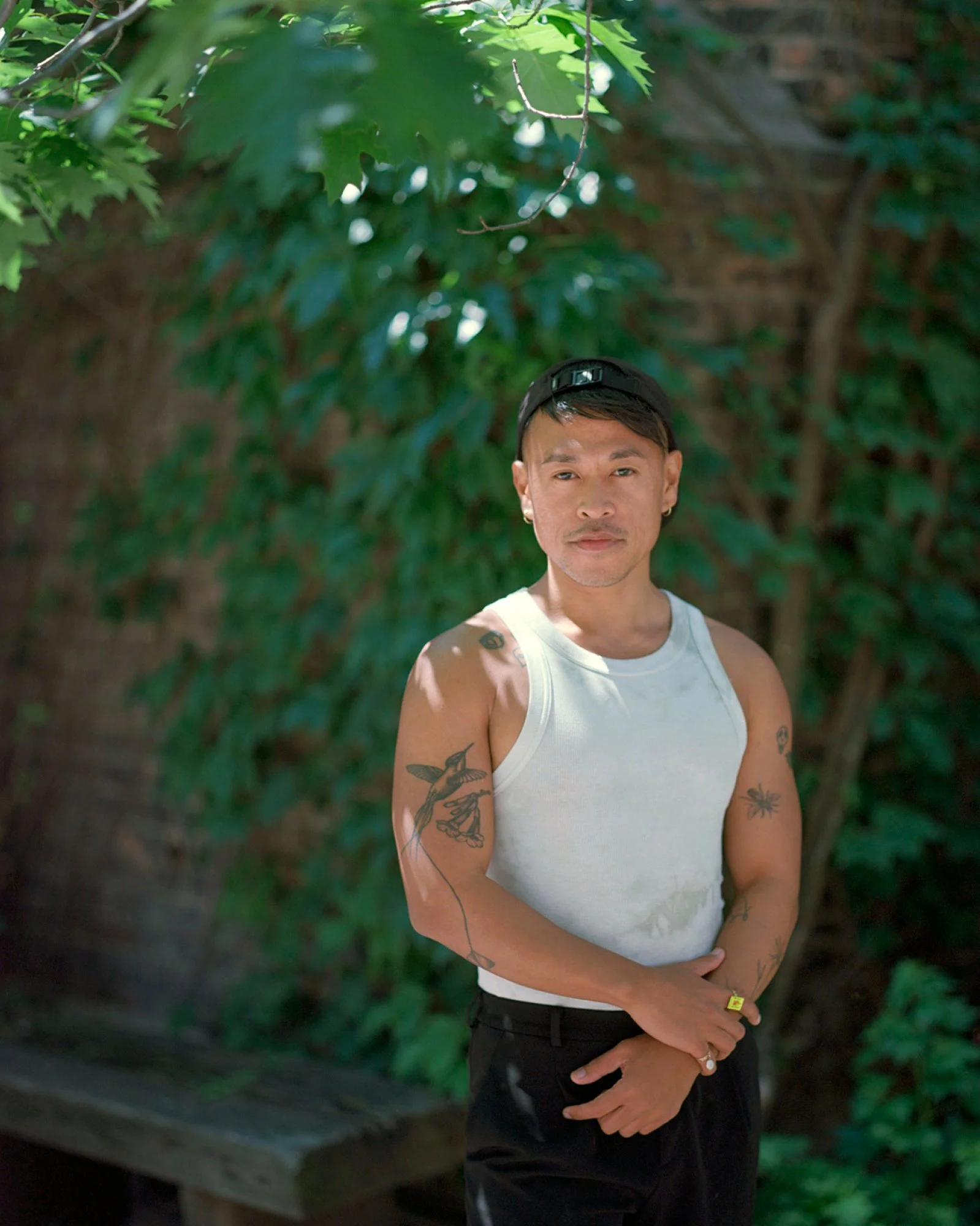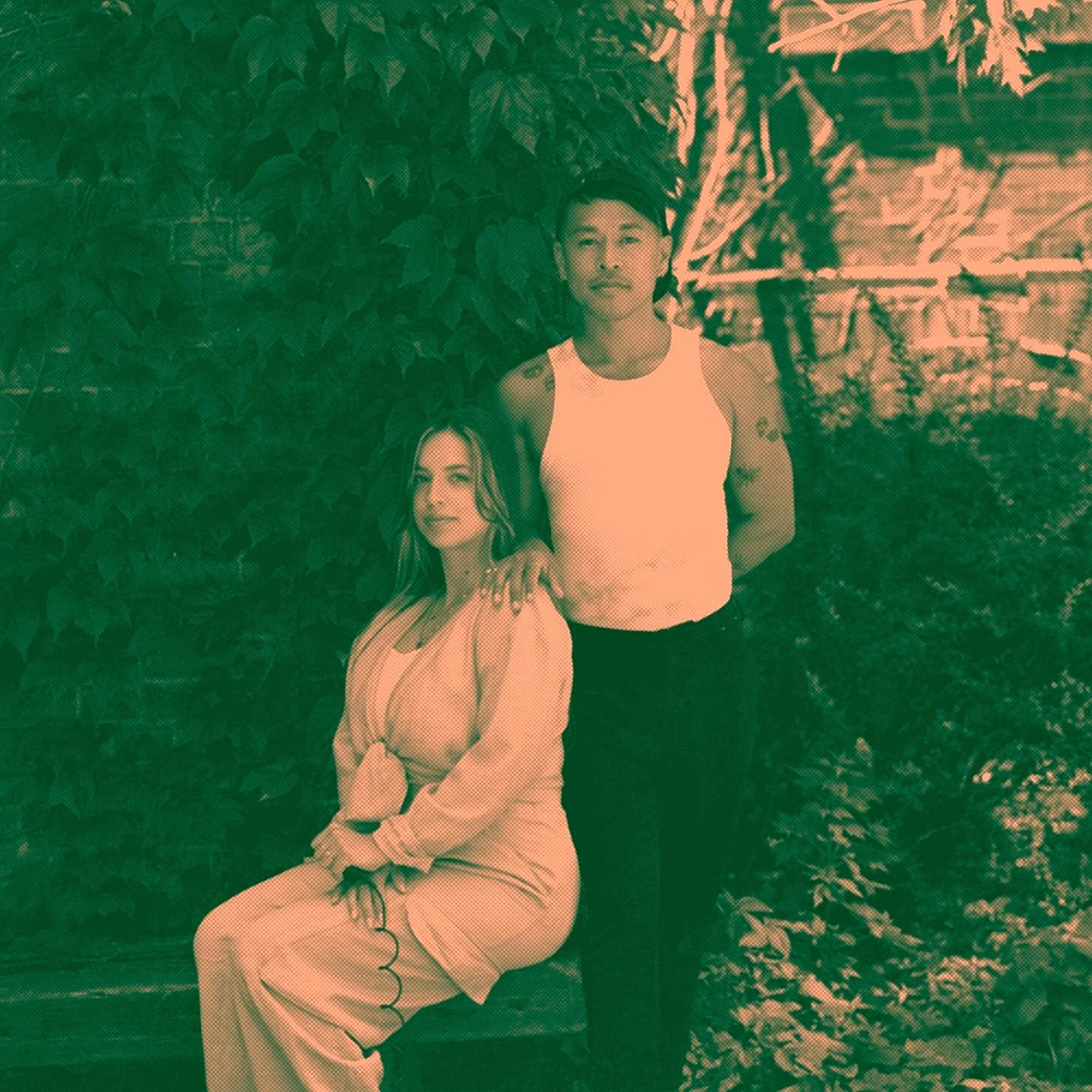halftone collective, created by visual artists and community workers Leila Fatemi and Beau Gomez, aims to amplify dialogue to foster meaningful engagement and resource and knowledge-sharing between image makers and the greater arts community.
Born from a mutual desire to create inclusive spaces centered around care and community, we emphasize hosting/holding space for diverse bodies to take part in collaborative and generative discourse, and encourage their creative voice without fear of judgment or exclusion. We believe in a non-hierarchical, peer-to-peer approach to extending and sustaining knowledge, challenging traditional artistic standards and opening up new possibilities for exploration and self-expression.
One of our core directives as a collective is to administer our cyclical session Fixer, which brings together lens-based artists, arts practitioners, and community workers for an assembly of shared critique, feedback, and resource exchange.
-

Leila Fatemi is a contemporary visual artist currently based in Tkaronto/Toronto. Through a combination of material and textual research, her practice unfolds across a variety of mediums including photography, collage, archival materials, textile, pattern and printmaking. Bridging themes of postcolonialism, gender, and spirituality, Fatemi's work challenges viewers to consider their role in relation to the representational accuracy and cultural consequences of Orientalized subjects. Her work offers alternative perspectives surrounding the colonial gaze, ethnic representation, and collective numinous experiences by employing methods of subversion and reclamation as tools to resist imperialist legacies.
-

Beau Gomez is a lens-based artist whose practice is informed by ideas, challenges and conversations around cross-cultural narratives as they relate to positions of community and otherness. He is interested in activating storytelling as a vehicle for illustrating memory, an operative point of tension and affect, and an exercise in bearing witness. Traversing visual and verbal material, his work is grounded in image-making as a conduit between individual and collective histories, giving permission to shared means of learning, nurturing and renewal.

